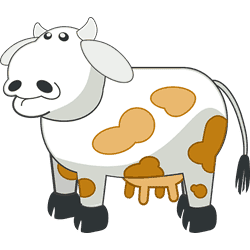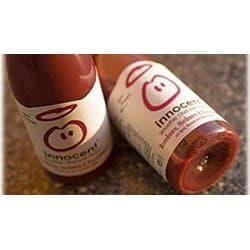Dr. Mark McCullough | IValueLife.com
We’ve written often about the health dangers posed by our unhealthy eating habits in this country. But, as many of you have surely experienced, eating healthy is MUCH easier said than done.
It turns out that this is no accident. In fact, snack and beverage companies have invested millions and millions of dollars over the years to create the most appealing and most addictive products possible. Now, this is hardly “breaking news”—many of us have known that these companies will do whatever it takes to make money, even if that means inflicting obesity, heart disease, and diabetes on the population. But even so, a New York Times article that was published this month was shocking.
It is aptly titled “The Extraordinary Science of Addictive Junk Food” – and I’d like to share a few excerpts below, although I highly recommend reading the whole thing if you have time.
Below is a passage illustrating just how far these companies go to “optimize” their products:
Howard Moskowitz, who studied mathematics and holds a Ph.D. in experimental psychology from Harvard, runs a consulting firm in White Plains, where for more than three decades he has “optimized” a variety of products for Campbell Soup, General Foods, Kraft and PepsiCo. “I’ve optimized soups,” Moskowitz told me. “I’ve optimized pizzas. I’ve optimized salad dressings and pickles. In this field, I’m a game changer.”
In the process of product optimization, food engineers alter a litany of variables with the sole intent of finding the most perfect version (or versions) of a product. Ordinary consumers are paid to spend hours sitting in rooms where they touch, feel, sip, smell, swirl and taste whatever product is in question. Their opinions are dumped into a computer, and the data are sifted and sorted through a statistical method called conjoint analysis, which determines what features will be most attractive to consumers. Moskowitz likes to imagine that his computer is divided into silos, in which each of the attributes is stacked. But it’s not simply a matter of comparing Color 23 with Color 24. In the most complicated projects, Color 23 must be combined with Syrup 11 and Packaging 6, and on and on, in seemingly infinite combinations. Even for jobs in which the only concern is taste and the variables are limited to the ingredients, endless charts and graphs will come spewing out of Moskowitz’s computer. “The mathematical model maps out the ingredients to the sensory perceptions these ingredients create,” he told me, “so I can just dial a new product. This is the engineering approach.”
Got that? So if you’ve ever wondered why potato chips or your favorite soda are so appealing, now you know that it was no accident.
Of course, “engineering” food might not be such a bad thing if the end result was healthy, nutritious food. But naturally, that’s not the case. In fact, as this next excerpt shows, it is ingredients like sugar, salt, and fat that make these foods so addictive. This passage is discussing the steps that the brand Prego took to “reinvent” their tomato sauce:
The largest ingredient, after tomatoes, is sugar. A mere half-cup of Prego Traditional, for instance, has the equivalent of more than two teaspoons of sugar, as much as two-plus Oreo cookies. It also delivers one-third of the sodium recommended for a majority of American adults for an entire day. In making these sauces, Campbell supplied the ingredients, including the salt, sugar and, for some versions, fat, while Moskowitz supplied the optimization. “More is not necessarily better,” Moskowitz wrote in his own account of the Prego project. “As the sensory intensity (say, of sweetness) increases, consumers first say that they like the product more, but eventually, with a middle level of sweetness, consumers like the product the most (this is their optimum, or ‘bliss,’ point).”
(Again, you can read the whole article here.)
As you can see, these scientists and marketers are very good at what they do. But the result of their work is addictive and highly unhealthy food products.
So what can you do about it? Avoid it! Like any other addictive substance, the more you ingest, the more you want. The best way to establish a healthy diet is to do your best to avoid these addictive foods altogether. If you’d like to learn more, or if you’d like help creating a healthy diet for you and your family, please get in touch with us today!




